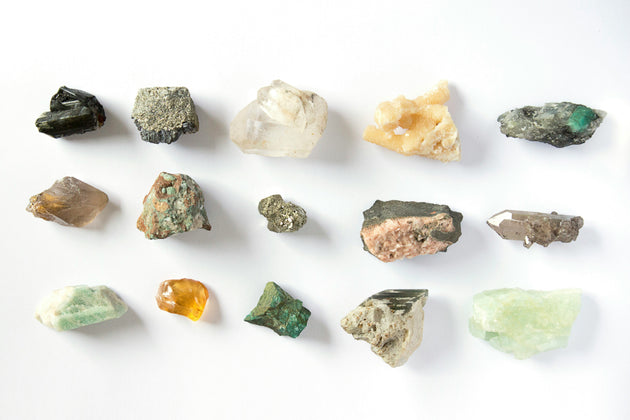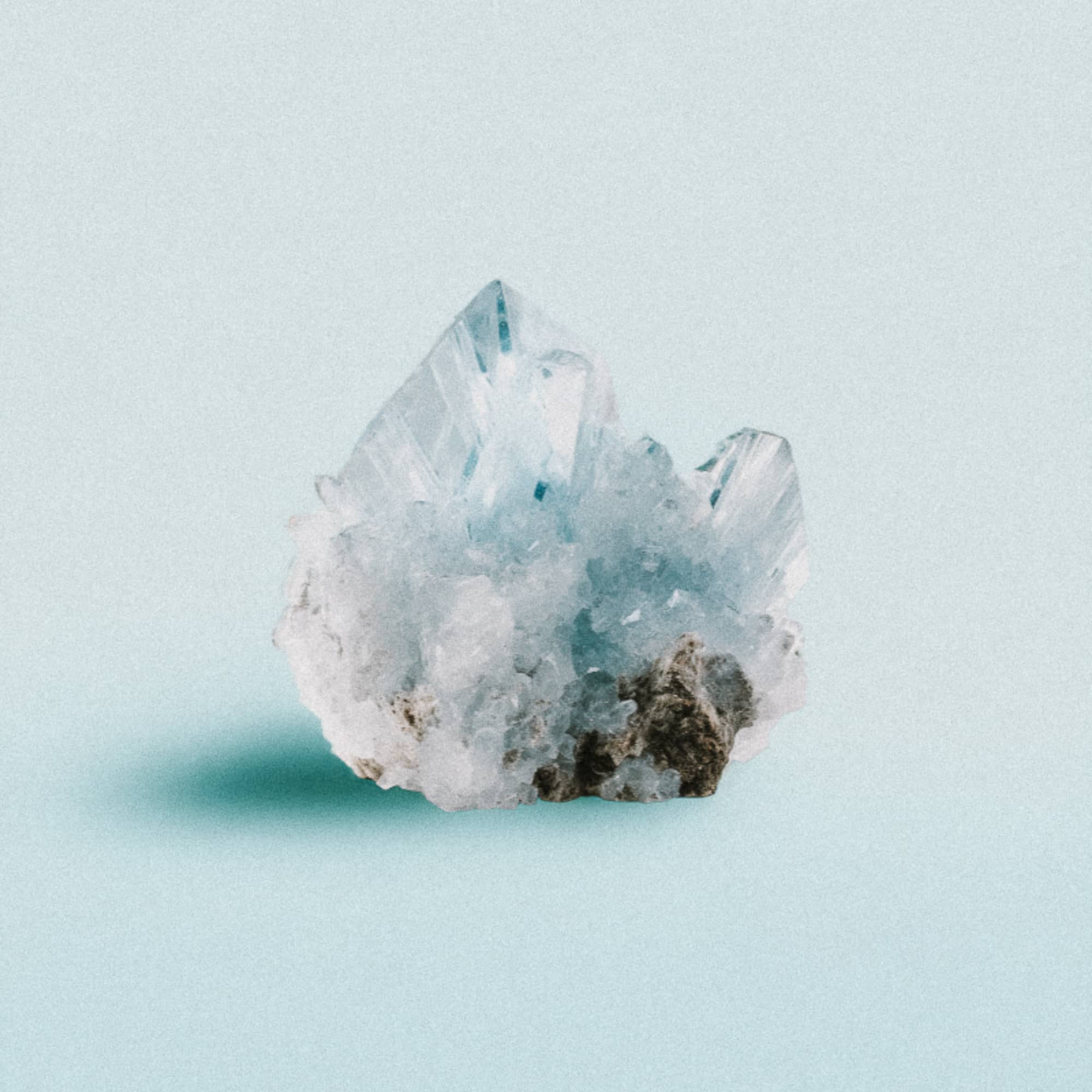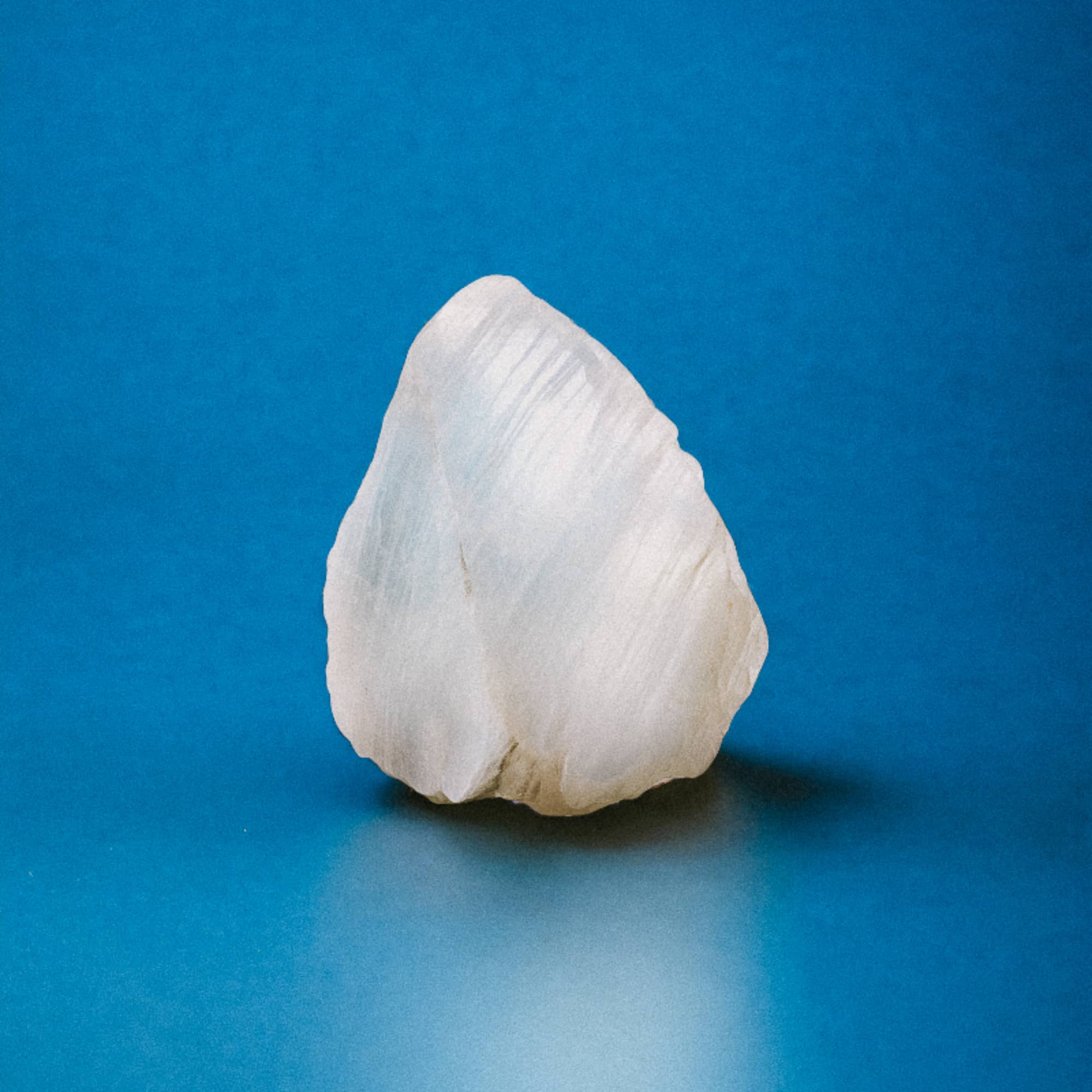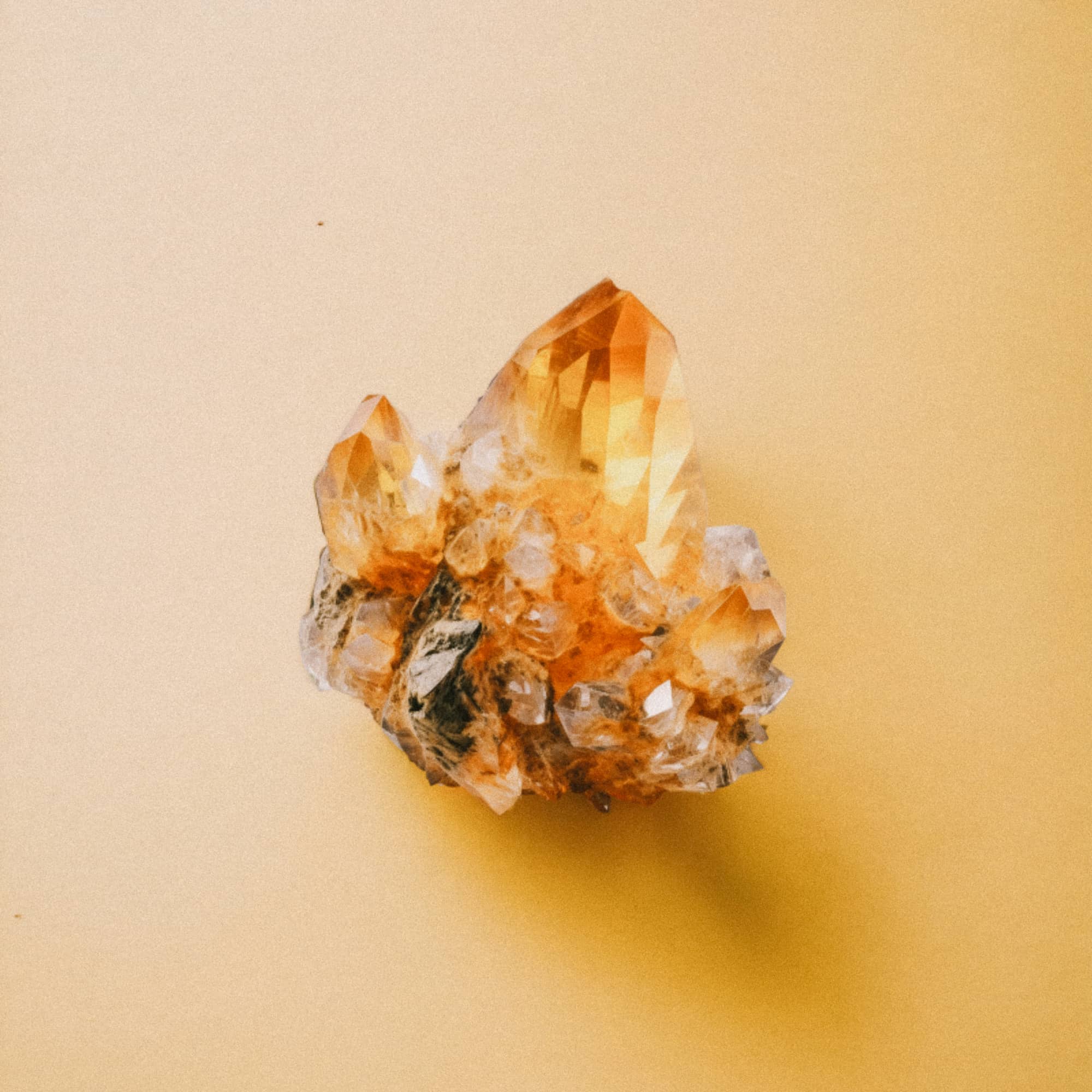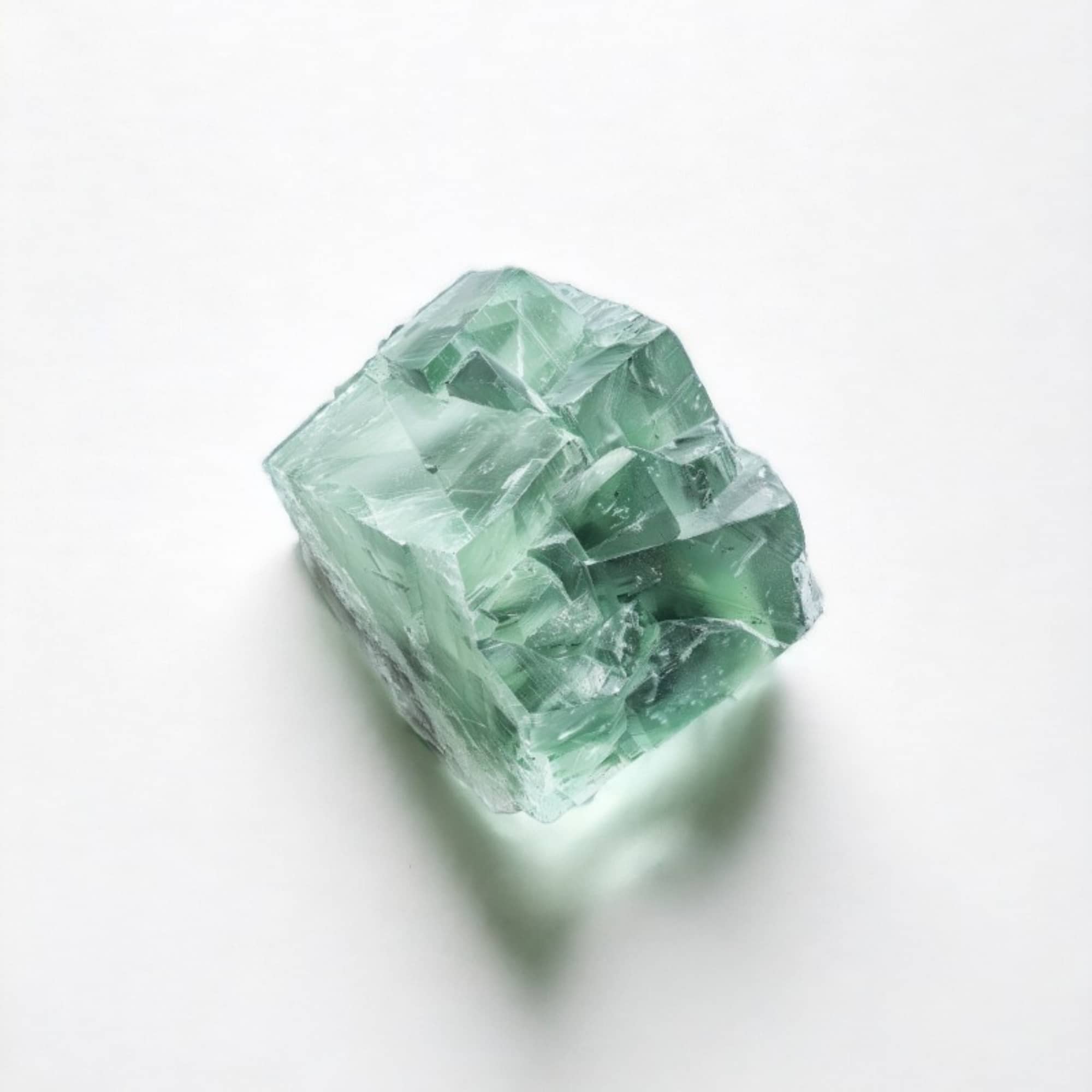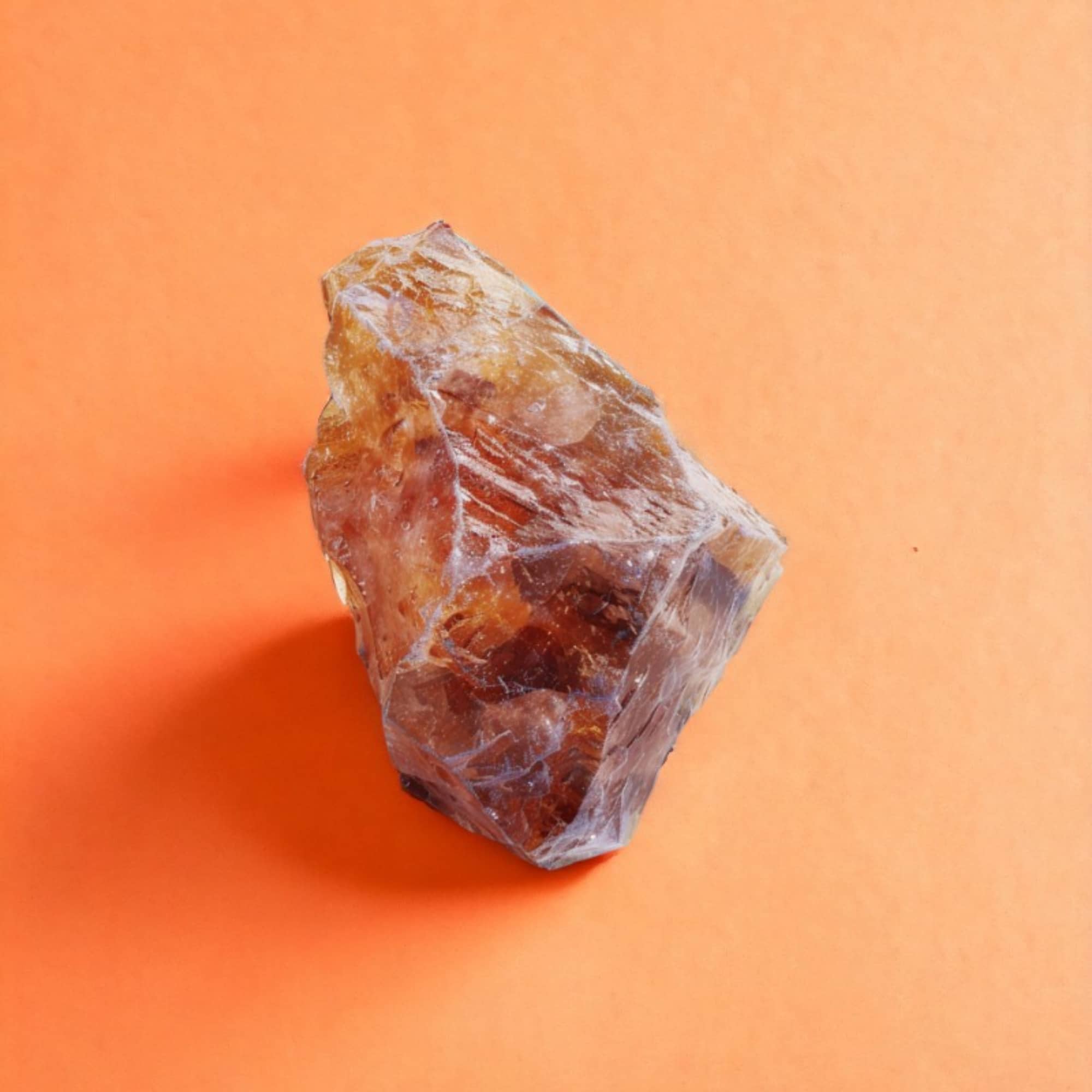Aquamarine, with its clear blue hue reminiscent of crystalline waters, is a precious stone that has fascinated and charmed for millennia. Emerging from the depths of the earth, it is renowned for its subtle brilliance and shades ranging from pale blue to blue-green, evoking the serenity of the sea. This article explores the history, characteristics, benefits and care of aquamarine, offering a comprehensive guide for all those drawn to this bewitching gem.
History & Origin
Aquamarine, a gemstone with shades of blue reminiscent of the vast expanses of the sea, has a rich history and fascinating origins that span the centuries. Its name, derived from the Latin aqua marina, means "sea water", a tribute to its translucent blue-green color that evokes the purity and freshness of the oceans.
Ancient beliefs and uses
Since ancient times, aquamarines have been shrouded in mystery and magic. Greek and Roman sailors wore it as a protective amulet to keep them safe on their sea voyages, believing it to calm the waves and protect against ocean dangers. The stone was also reputed to promote clear navigation and prevent seasickness.
In ancient civilizations, aquamarine was valued not only for its beauty but also for its therapeutic and spiritual benefits. It was believed to have healing powers, notably for heart and liver diseases, and to promote communication and the expression of truth.
Cultural and symbolic meaning
Throughout the ages, aquamarine has been associated with youth, hope and eternal health. In gemstone symbolism, it is often linked to relaxation, calm and purification, embodying the calming energy of water. This stone is said to promote harmony in relationships, clarify the mind and enhance intuition, making it a popular choice for those seeking to deepen their spiritual connection or improve their communication.
Aquamarine continues to be a source of inspiration and admiration, uniting ancient history with timeless beauty. Its ability to capture the essence of water and symbolize protection and tranquility makes it a precious gem that transcends time, carrying with it the tales of sailors past and the dreams of sea lovers today.

Origin and extraction
Aquamarine is mainly mined in Brazil, which is home to the largest mines and produces some of the most beautiful stones with exceptional clarity and color. Other significant sources include Pakistan, Madagascar, Russia and the United States, each offering unique variations that contribute to the diversity and richness of this gem on the international market.
Aquamarine deposits are often found in geological zones where the crystal can form in large cavities or veins, enabling large crystals to be extracted. Extraction techniques vary according to location, but the most common method involves open-pit or underground mining, followed by a process of sorting and cutting to select the highest quality specimens.
Characteristics
Aquamarine, a dazzling member of the beryl family, is distinguished by its captivating shades of blue, ranging from pale sky-blue to deep blue-green. Its color, often compared to that of clear tropical waters, is mainly due to the presence of traces of iron in its chemical composition. This gem combines not only fascinating beauty but also remarkable physical properties that make it prized in the world of jewelry and collecting.
Transparency and clarity
One of aquamarine's most prized characteristics is its exceptional transparency. Unlike other gemstones, which may have visible inclusions, aquamarine is often found with very few inclusions, resulting in remarkable clarity and brilliance. This transparency brings out its refreshing color and ensures that light passes through the stone dramatically, accentuating its natural brilliance.
Hardness and durability
With a hardness of 7.5 to 8 on the Mohs scale, aquamarine is tough enough to withstand scratches and daily wear, making it an ideal choice for all types of jewelry, including those intended for frequent wear. This hardness, combined with its robustness, ensures that aquamarine can be shaped and polished into a variety of shapes and styles without compromising its longevity.
Color and Treatment
Aquamarine's color range, from pale, almost transparent blue to more saturated blue-green, can vary depending on the source and geological conditions in which the stone was formed. It is common for aquamarine to be heat-treated to enhance its blue color, a process generally accepted in the gemstone industry. This treatment is stable and does not diminish the stone's value, provided it is carried out correctly.
Cut and shape
Aquamarine lends itself well to a wide variety of cuts, from traditional cuts such as brilliant and emerald, to more artistic and personalized cuts. Lapidaries often exploit aquamarine's clarity and color to create unique pieces that highlight the stone's natural beauty. Its ability to be cut into large specimens also makes it a favorite for statement pieces and collectibles.
In short, aquamarine is a gemstone that captivates with its unique characteristics - its soothing color, exceptional clarity, robust hardness, and flexibility in cut and shape. These qualities make aquamarine a treasure of nature, sought after for its sophisticated allure and profound symbolism.
Benefits & Properties
Aquamarine is much more than a captivating gemstone; it's also loaded with profound meanings and benefits recognized in cultures around the world. This gem, a symbol of calm and clarity, is renowned for its beneficial properties on both physical and spiritual levels.
Soothing and clarifying properties
One of aquamarine's most famous properties is its ability to soothe and calm. It is said to have the power to reduce stress and calm the mind, promoting an atmosphere of inner peace. This stone encourages fluid, sincere communication, helping to overcome the fear of public speaking and clarify thoughts. It is often used by those seeking to improve their verbal expression and ability to communicate clearly with others.
Physical health benefits
On a physical level, aquamarine is renowned for its health benefits. Traditionally, it is considered a healing stone for sore throats and problems related to the respiratory and immune systems. It is also thought to have positive effects on the thyroid glands and to help regulate hormones. Its gentle vibration is said to relieve allergies and skin irritations, making aquamarine an ally for those seeking physical well-being.
Strengthening relationships and love
Aquamarine is also known for strengthening the bonds of love and marriage. It is believed to harmonize relationships, promote fidelity and ensure a long and happy union. Its blue light is said to carry energies of trust and harmony, making it an ideal stone for celebrating love and strengthening emotional commitments.
Spiritual and meditative properties
Spiritually, aquamarine is a powerful stone for meditation and spiritual growth. It is believed to facilitate the exploration of inner consciousness and promote access to universal wisdom. By helping to overcome judgments and prejudices, aquamarine opens the way to a deeper understanding of oneself and the world around us.
Aquamarine's benefits and properties make it a valuable choice not only for its beauty, but also for its ability to enrich the lives of those who wear it. Whether for its health benefits, its influence on loving relationships, or its support in the quest for serenity and spiritual growth, aquamarine continues to captivate and guide with its soothing, clarifying light.
Aquamarine: Birthstone of Mars
Aquamarine is recognized as the birthstone for those born in the month of March. It not only symbolizes purity, youth and hope, but is also believed to bring courage and peace of mind to its wearers. As a protective talisman for sailors of yesteryear, aquamarines are now considered a lucky charm for all those who celebrate their birthday in March, offering serenity and clarity in their daily lives. Wearing or giving an aquamarine in March is a beautiful and meaningful way to celebrate this special month, connecting individuals to the ancient history and beneficial properties of this fascinating stone.
Care
Proper care of aquamarine is crucial to preserving its radiant beauty and beneficial properties over the long term. Although this gem is relatively resistant, it deserves special attention to maintain its brilliance and clarity.
Aquamarine can be cleaned with warm water and mild soap. Use a soft-bristled toothbrush to gently remove accumulations of dirt, especially around settings and crevices. Rinse thoroughly with lukewarm water to remove any soap residue. After cleaning, dry your stone with a soft, lint-free cloth. For additional polishing, a special jewelry cloth can be used to restore the brilliance without scratching the surface.
Aquamarine is sensitive to sudden temperature changes, which can cause cracking or damage. Avoid exposing the stone to extreme temperatures. Protect aquamarine from aggressive chemicals found in cosmetics, perfumes and household cleaning products. Although resistant to scratches, the stone should be stored separately from other jewelry to avoid contact that could damage it.


